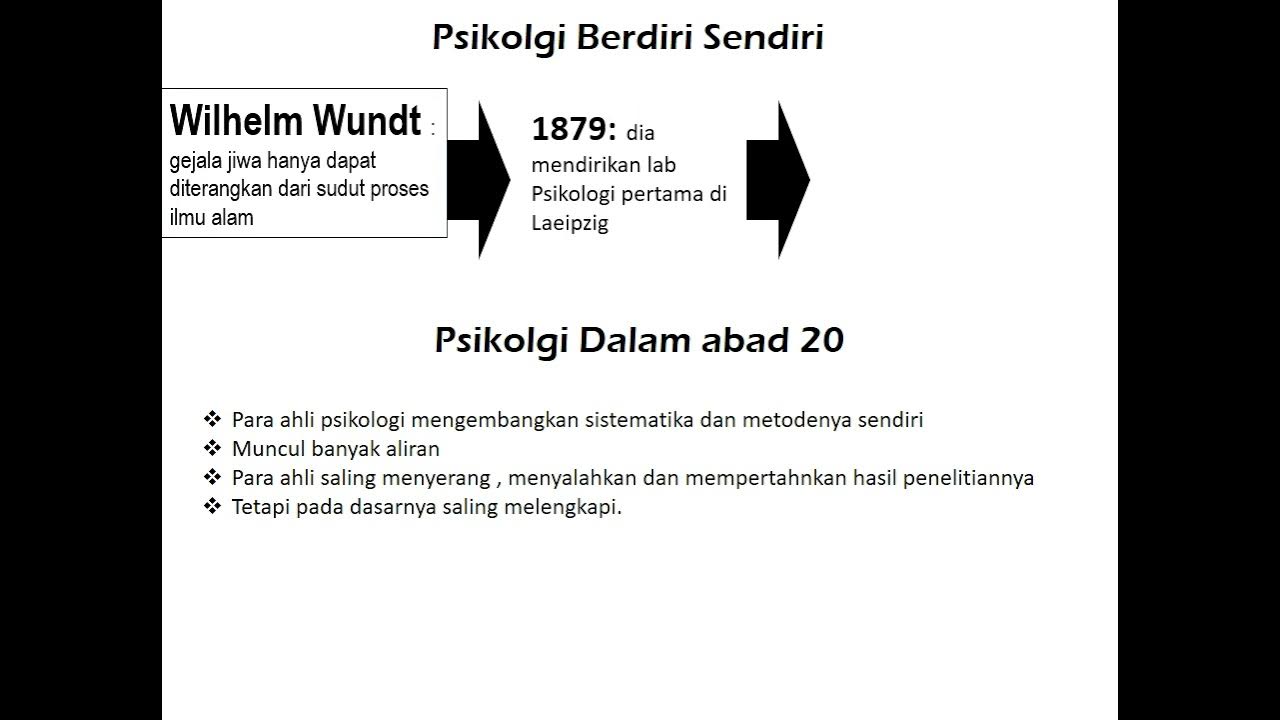History of Islamic Banking and Finance: How the Islamic Banking Started? - AIMS Education
Summary
TLDRThis video script explores the evolution of Islamic banking, tracing its origins from early 20th-century institutions to the modern landscape shaped by the Islamic Development Bank and rising oil prices in the 1970s. It highlights the crucial role of Islamic finance scholars in eliminating prohibited elements like Riba, the adoption of innovative financial products, and the expansion of services across various countries, particularly Malaysia and Sudan. The future of Islamic finance looks promising, with enhanced credibility through multinational collaboration and adherence to Shariah-compliant practices, ultimately aiming to boost client confidence in the industry.
Takeaways
- 🏦 Traditional Islamic financing and interest-free banking were first introduced by European bankers, who recognized Muslim views on Riba.
- 🕌 The first Muslim-owned banks were established in the 1920s and 1930s, such as Bank Misr in Egypt and Arab Bank in Palestine, but they often adopted European banking practices.
- 📈 The emergence of modern Islamic banking in the early 1970s was driven by three key factors: the establishment of the Islamic Development Bank, the rise of oil prices, and the efforts of Islamic finance scholars.
- 🌍 The Islamic Development Bank was created in 1973 to promote Islamic banking through conferences, seminars, and research.
- 💰 The increase in oil prices in 1973 significantly boosted financial resources, leading to the founding of banks like Dubai Islamic Bank in 1975 and others across the Gulf and beyond.
- 📚 Islamic finance scholars played a critical role in eliminating prohibited elements, such as Riba, to develop Shariah-compliant financial products.
- 🔍 In the early days, Mudarabah was favored for its lower risk compared to Musharakah, which involved more risk-sharing.
- 🏦 Islamic banks initially faced criticism for making profits from low-risk operations and for investing primarily in Western markets during the 1980s and 1990s.
- 🌏 Malaysia emerged as a leader in Islamic banking innovation, with the establishment of Bank Islam Malaysia in 1983 and support from the central bank.
- 📊 The development of Islamic securities markets enhanced liquidity for Islamic banks and reduced reliance on interbank deposits, overcoming profitability challenges.
Q & A
What is the historical background of Islamic banking?
-Islamic banking was first introduced by European bankers who understood Muslim views on Riba (interest). The first Muslim-owned banks, such as Bank Misr in Egypt and Arab Bank of Palestine, were established in the 1920s and 1930s but adopted practices from their European counterparts.
What were the three key factors in the development of modern Islamic banking in the early 1970s?
-The three key factors were the establishment of the Islamic Development Bank in December 1973, the rise of oil prices which increased financial resources, and the efforts of Islamic finance scholars to eliminate prohibited elements like Riba.
What role did the Islamic Development Bank play in Islamic banking?
-The Islamic Development Bank served as a Development Assistance agency rather than a commercial bank, promoting Islamic banking worldwide through conferences, seminars, and research.
How did the rise of oil prices affect Islamic banking?
-The rise of oil prices in 1973 significantly increased financial resources, facilitating the establishment of various Islamic banks such as Dubai Islamic Bank and Kuwait Finance House.
What financing methods were commonly used in early Islamic banking?
-In early Islamic banking, Mudarabah (profit-sharing) was used because it involved less risk as profits were agreed in advance, while Murabaha (cost-plus financing) was more common for project financing.
What criticisms did Islamic banks face in the 1980s and 1990s?
-Islamic banks were criticized for making profits from risk-free operations and for investing primarily in Western markets, often influenced by risk assessments rather than Islamic principles of solidarity.
What strategies did Islamic banks adopt to expand their market share?
-Islamic banks widened their range of services to meet all financing needs and expanded personal financing facilities, particularly in markets like Malaysia, which saw ambitious development of Islamic banking.
How did the Malaysian market influence Islamic banking?
-Malaysia became a leading market for Islamic banking due to the encouragement from its central bank, which facilitated the establishment of various Islamic financial products and institutions like Bank Islam Malaysia.
What innovations were introduced to address profitability issues in Islamic banks?
-To address profitability issues, Islamic banks developed Islamic securities markets, allowing them to hold liquid assets and reduce reliance on interbank deposits, while ensuring compliance with Shariah principles.
What is the current state and future potential of Islamic banking?
-The future of Islamic banking looks promising, with increased recognition in the global financial community and the potential for greater client confidence through standardized reporting and enhanced interbank transactions among Shariah-compliant institutions.
Outlines

此内容仅限付费用户访问。 请升级后访问。
立即升级Mindmap

此内容仅限付费用户访问。 请升级后访问。
立即升级Keywords

此内容仅限付费用户访问。 请升级后访问。
立即升级Highlights

此内容仅限付费用户访问。 请升级后访问。
立即升级Transcripts

此内容仅限付费用户访问。 请升级后访问。
立即升级5.0 / 5 (0 votes)






